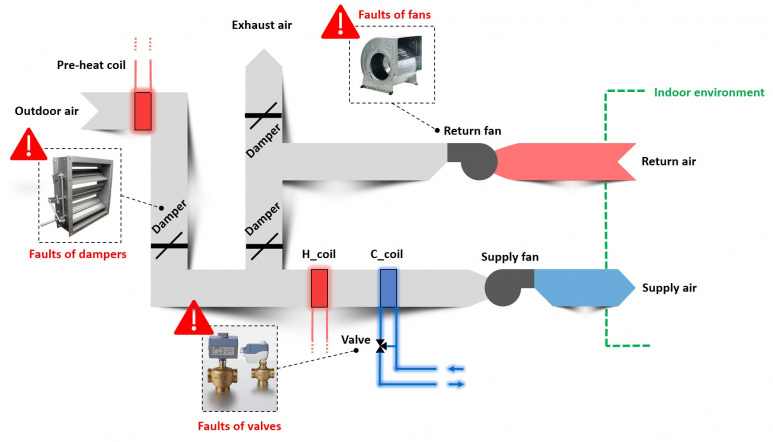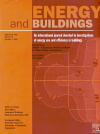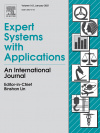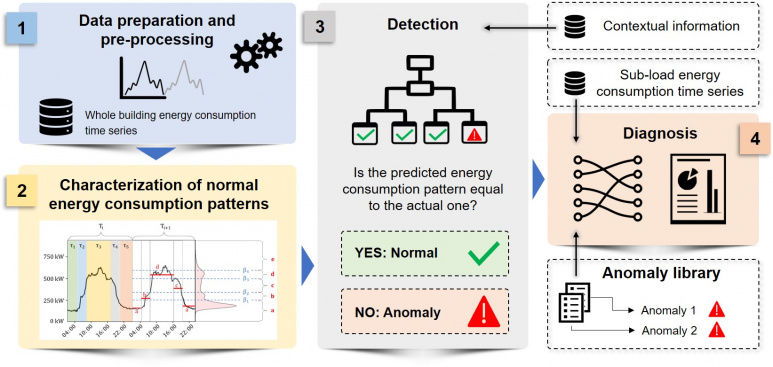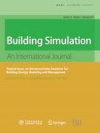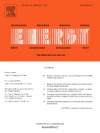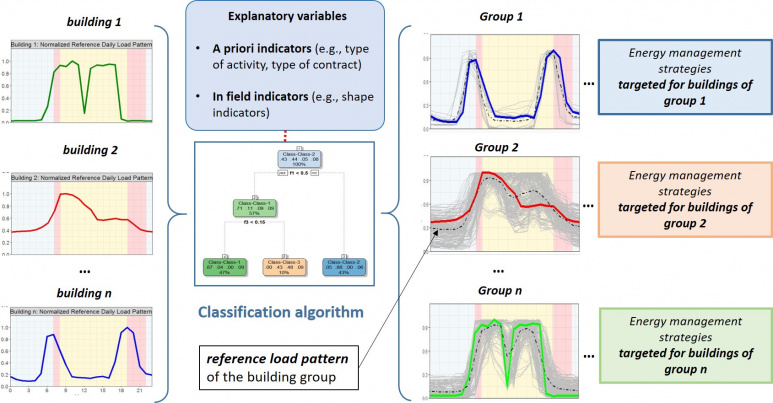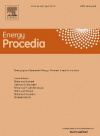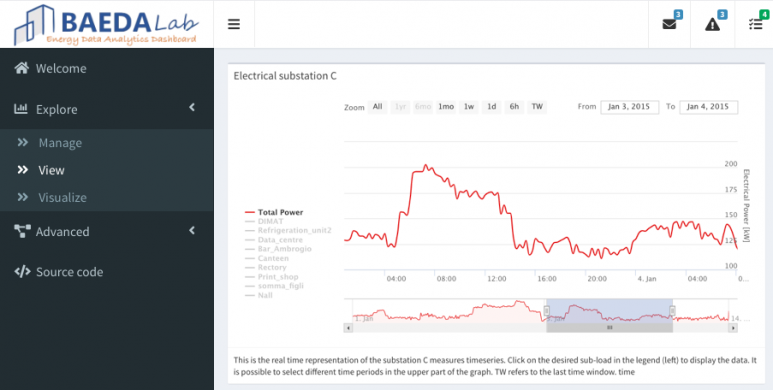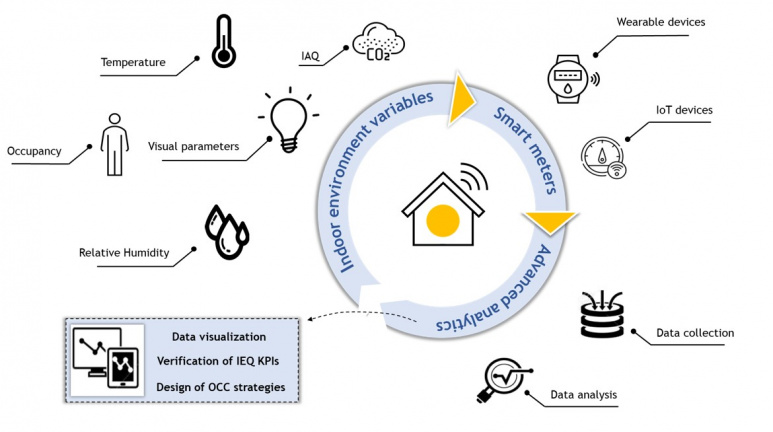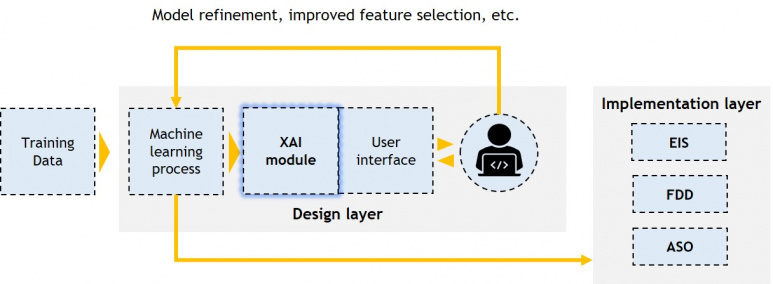Data-analytics based Decision Support Systems for enhancing energy management in buildings
This research activity involves Piscitelli Marco Savino, Capozzoli Alfonso , Chiosa Roberto, Giudice Rocco and
(see our Collaborations page to find out the main collaborations active on these research topics)

| Objective of the activity: Development of robust data analytics-based methodologies for the detection and diagnosis of faults in building energy systems Framework of the activity: Fault Detection and Diagnosis (FDD) tools represent an essential part of building Energy Management and Information System (EMIS) that is focused on system-level applications often exploiting data collected through Building Automation Systems (BAS). FDD tools automatically detect unpermitted deviation of at least one characteristic property of a system from its acceptable, usual, standard condition. Faults are abnormal system states whose identification and diagnosis can lead to significant energy savings. Even though FDD tools exploit BAS data, the feedback that are able to provide is much more detailed and effective than BAS (information about duration, occurrence and impact of faults). Considering the building application field, BAEDA lab is conducting research on the development of data-analytics based FDD processes mainly for Heating Ventilation and Air Conditioning systems, considering that in buildings they could account for a large part of the energy demand. Such systems are essential in buildings but often are operated with one or multiple faults. It has been estimated that the identification and diagnosis of these faults in HVAC systems can lead to potential savings up to 30%. BAEDA Lab gained experience also in performing fault detection and diagnosis analysis in special environment such as data centers.
Figure: Application of fault detection and diagnosis process in Air Handling Units (AHU) Relevant publications on this topic:
|

| Objective of the activity: Development of data analytics-based methodologies for conducting meter-level anomaly detection and diagnosis in building energy consumption datasets Framework of the activity: Anomaly detection and diagnosis in buildings is often related to analysis conducted at system/component-level where the scale of analysis is small (e.g., air handling unit components). However, in most of real cases, just few and aggregate variables related to the total energy consumption of the building are monitored and collected. Improving the building energy performance by analysing aggregate data is challenging, especially if several factors such as occupants' behavior, comfort levels, operation schedules of systems, generate the existence of different energy consumption patterns not always easily inferable. In this perspective BAEDA lab is conducting research activities that are aimed at introducing novel data-analytics based methodologies for automatically detect anomalous energy trends and patterns at whole building level and then diagnose them by analysing the energy behavior of the main sub-loads at a lower level. This kind of EIS tool allows technicians and energy managers to be promptly informed when the building is not behaving as expected and to avoid inefficient energy management procedures.
Figure: Data-driven approach for the detection and diagnosis of anomalous energy consumption patterns in buildings Relevant publications on this topic:
|

| Objective of the activity: Definition of advanced energy benchmarking processes for enhancing energy management in building stocks Framework of the activity: The main goal of a benchmarking system is to evaluate the divergence between the energy performance of a building/system and a reference baseline. The definition of a robust building energy benchmarking system is extremely valuable for designing targeted financial demand response programs, comparing the energy performance of buildings amongst their peers, assessing in a consistent way the energy saving determined by refurbishment actions and identifying strategic modifications of the building energy consumption patterns. This opportunity is extremely valuable for users that usually need to manage more than one building simultaneously (e.g., municipalities, demand response aggregators). At this scale of analysis, often the identification of reference energy patterns, deals with the extraction of typical load profiles in buildings (shape-based benchmarking). In this perspective BAEDA Lab is focusing on the development of advanced energy benchmarking processes, to be embedded in EIS, in order to provide valuable tools capable of supporting different stakeholders in tracking the performance of their buildings and the features of the load-shape profiles overcoming the limitations of domain expert-based and statistical methods. This research line contributes to enable the definition of effective energy management strategies and targeted financial demand response programs and to benchmark the building energy flexibility.
Figure: Methodological framework showing the use of reference load profiles for the classification of energy customers in large stocks of buildings. Relevant publications on this topic:
|

| Objective of the activity: Development of advanced data analytics-based dashboards for enhancing user engagement in the decision-making process of building energy management Framework of the activity: This research activity is aimed to design interactive dashboards for the visualization and analysis of building energy related data.In particular, Energy data analytics dashboards are developed to enable an effective and transparent interaction with the knowledge extracted from data, determining an enhanced level of engagement for users and occupants. The Lab conceives ad hoc interactive mockup applications that can perform advanced informative data analysis workflows useful in the decision-making process of the daily energy management of buildings.
Figure: Prototype of energy data analytics dashboard developed for the analysis of monitored data of Politecnico di Torino |

| Objective of the activity: Characterization and modeling of occupant-related and indoor environmental quality (IEQ) data through a data-driven approach for improving energy-related building services Framework of the activity: Humans spend more than 90% of their time in buildings, where their productivity and health are strictly related to IEQ conditions. Assessing and improving the actual IEQ conditions in buildings is particularly challenging due to the existence of several drivers that could significantly impact the comfort perception of occupants. However, the increasing spread of smart meters and wearable IoT devices is enabling new opportunities for collecting spatio-temporal information pertaining user presence/comfort that can be exploited to deeply characterize IEQ and to optimally design occupant-centric control (OCC) strategies in buildings. In this context, BAEDA lab conducts research activities related to the application of data analytics techniques on occupant and IEQ data with the aim of improving the user aweareness, modeling, control and verification of comfort conditions in the built environment.
Figure: Conceptual framework for the occupant and IEQ data characterization in buildings and main opportunities under investigation. |

| Objective of the activity: Development and integration of explainable AI processes in advanced building energy management and information systems Framework of the activity: The EU General Data Protection Regulation (GDPR) went into effect on May 25, 2018. The regulation had a great impact on Artificial Intelligence (AI) companies and professionals especially due to the introduced “right to explanation” mandate. Despite the regulation is essentially focused on personal data protection and safeguarding of personal rights, the debate on AI explainability also took place in cross-cutting sectors, with no exclusion of the energy and building one. As a reference, the advent of novel techniques (e.g., deep learning methods) and learning approaches (e.g., reinforcement learning) makes it possible to integrate more and more sophisticated AI-based systems in the building energy management process. However, for building professionals is a big challenge to fully understand the inference mechanism learnt by such AI systems and then they could express mistrust towards their outputs. In this perspective BAEDA Lab is focusing on the development and integration of Explainable AI processes (so-called XAI) coupled with physics based interpretations in different building-related applications (i.e., EIS, ASO and FDD applications) with the aim of overcoming the practical difficulties faced by building professionals in fully exploiting advanced energy management and information systems (EMIS).
Figure: Integration of a XAI module in the design layer of EIS, FDD and ASO applications Relevant publications on this topic:
|


